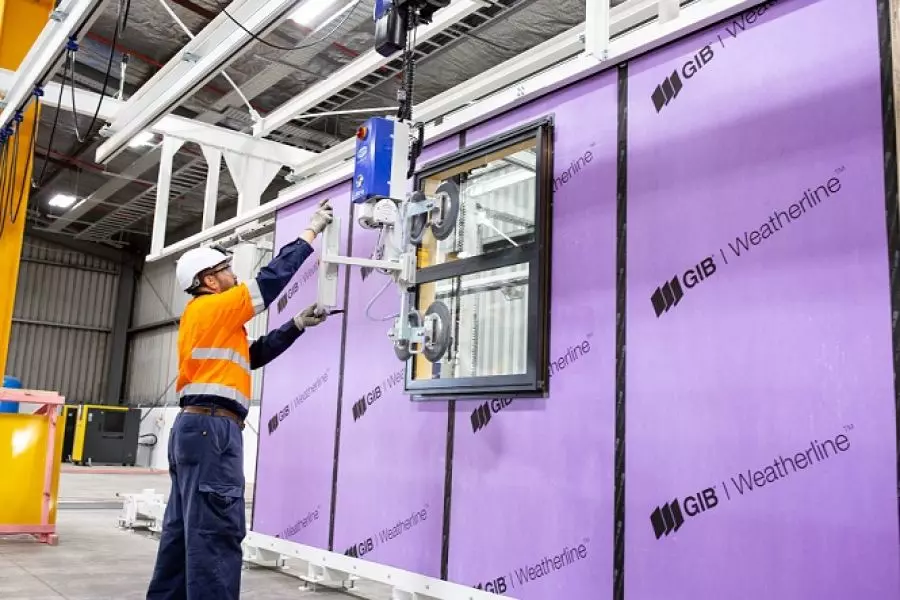
News
COMMENT: Sign of changing times

Thursday 17th of October 2019
The purpose-designed, $15 million “Clever Core” facility, which is in Wiri, will be able to reduce onsite build times by 60% or from 22 weeks to six to 10 weeks.
It has the capacity to produce the core structural components for a house in as little as a day and for around 500 new homes each year.
This will be achieved by streamlining the design, consenting and manufa...
Want to read the full article?
Click the button below to subscribe and will have unlimited access to full article and all other articles on the site.
5 min read



![[OPINION] Recessionary times](https://goodreturns.publit.io/file/c_fill,w_900,h_600/87ae0bf5-bdab-4cc2-bb45-9524f4030652.webp)
![[OPINION] How to make 20% from commercial property](https://goodreturns.publit.io/file/c_fill,w_900,h_600/7ac659fb-b908-4521-bcfa-1068d359b61e.webp)



![[The Wrap] Bye Bye Bayly](https://goodreturns.publit.io/file/c_fill,w_900,h_600/39f23ac1-f7c7-4854-b700-a150004ebbac.webp)